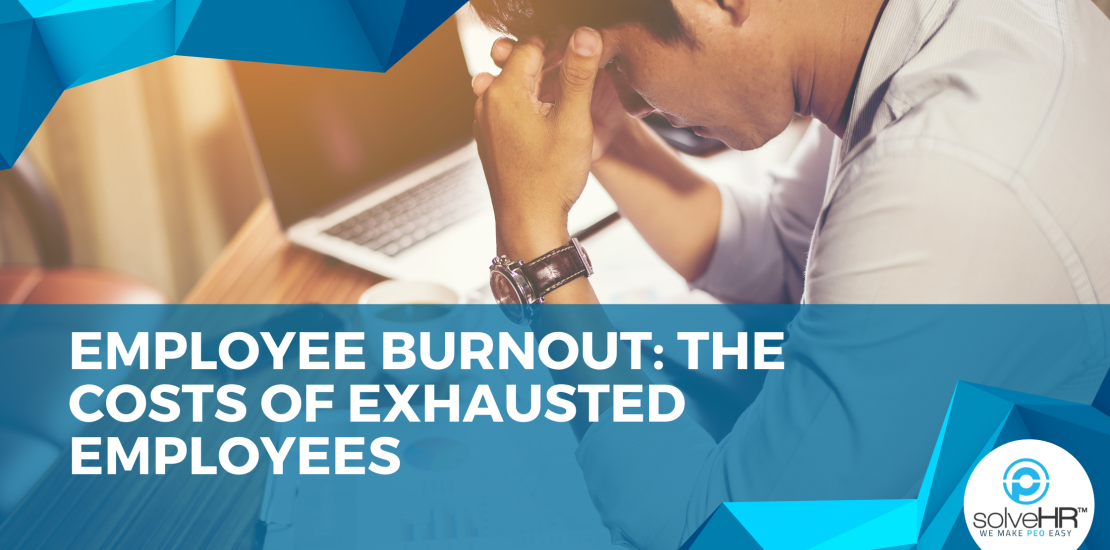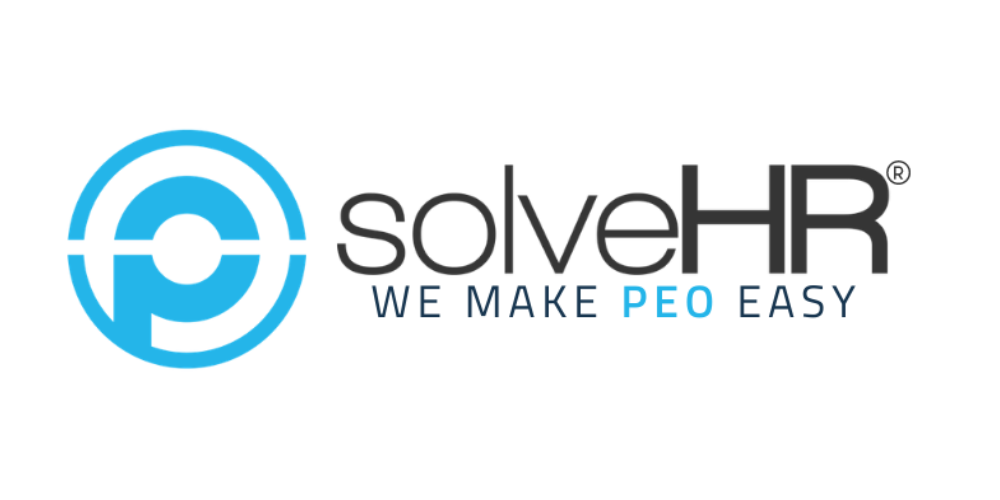- 04/06/2022
- Posted by: Matt Muriel
- Categories: Culture & Retention, Small and Mid-Sized Business

The word burnout has been tossed around a lot the last 2 years in the workplace. In May 2019, the World Health Organization (WHO) even updated their definition of burnout in their new version of its handbook of diseases. The new definition described burnout as a “syndrome” and ties it to “chronic workplace stress that has not been successfully managed.”
This may sound familiar, because last week we talked about this very topic, and we’ve been on a roll these last few weeks discussing all sorts of topics around employee retention. This time though we’re going to be focusing on the effects of a worn-out employee on the workplace, and what it could be costing your business in the long run.
Effects of Burnout on the Employee
The psychological and physical effects of burnout on employees can range from stress-induced pains and aches, to the more severe consequences like heart disease, high blood pressure, and mental disorders. Workplace stress is also estimated to cost $125 billion to $190 billion a year in healthcare costs in the U.S., as well as contributed to 120,000 deaths a year according to a study from Stanford university researchers.
Those same researchers also identified ten workplace stressors that contribute to the most stress in employees: Unemployment, lack of health insurance, exposure to shift work, long working hours, job insecurity, work-facility conflict, low job control, high job demands, low social support at work, and low organizational justice.
Each employee can experience burnout in their own way, but some of the more common symptoms of stress can be:
- Fatigue
- Insomnia
- Aches and pains
- Heightened anxiety levels
- Sudden weight gain/loss
- Trouble focusing
- Depression
The above is not an exhaustive list of what an employee can go through, but it is helpful to begin to understand the effects that high stress environments can have on employees. On average we spend 13 years and two months of our lives at work, the least that management can do is try to make that time as enjoyable as possible for their employees.
Effects of Burnout on the Business
Burnout can also begin to negatively affect the productivity of a business if left unchecked. According to a Gallup article the organizational costs of burnout can be substantial as burned-out employees are 63% more likely to take a sick day and 2.6 times as likely to be actively seeking a different job. Those numbers begin to add up as disengaged and burned out employees are said to cause U.S. companies between $450 to $550 billion in lost productivity per year!
Organizations often treat burnout as a personal issue that the employee must deal with on their own, but managers are in the prime position to take steps towards establishing policies that would help mitigate employee stressors like:
- Distributing workloads evenly between employees
- Giving employees clearly defined roles
- Communicating clearly with employees
- Setting reasonable goals for employees
Remember that burnout is different from a disengaged employee as a burned-out employee still finds value in their work but is suffering from pressures that develop in the workspace.
It is in the hands of employers to take care of employees and ensure that they feel satisfied with their work. Burnout can be prevented and managed with proper policies in place from the management team. If management turns a blind eye towards the true causes of stress in the workplace then it will hurt employee morale, or worse, hurt the overall health of your employees.
Need help keeping your employees engaged and satisfied? SolveHR offers specialized strategic human resource strategies that are designed to assess your existing organizational structure by the implementation of employee feedback surveys. Contact us to find out how our services can increase the cohesion of your team, so you can focus on what’s important—growing your business!

